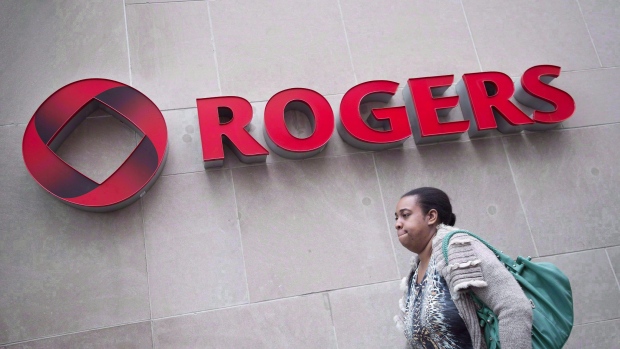Apr 18, 2016
Rogers Communications profit slips as it loses TV, home phone subscribers
Reuters

Rogers Communications Inc. (RCIb.TO 0.00%) spent heavily to get smartphones to its wireless customers and could not add enough Internet business to offset shrinkage of its television and landline phone business, contributing to a slip in earnings reported on Monday.
Canada's biggest wireless provider by subscribers, and a major cable and media company, Rogers posted a 2.75 percent drop in first-quarter profit, also hurt by restructuring costs and a wider loss in its media unit, but said it remains well-positioned to achieve its 2016 financial targets.
Executives for the Toronto-based company told analysts on a conference call that Rogers was willing to spend more to attract the high-value wireless customers it covets and had matched promotional pricing offered by both wireless and television rivals.
"There is an appetite to go after higher-value customers and pay the appropriate acquisition costs," said Guy Laurence, the company's chief executive.
In the quarter Rogers added 14,000 postpaid wireless subscribers, who typically use more expensive devices and pay more for service than prepay customers, while its wireless equipment costs rose 17 percent.
The company said it had net income of $248 million, or 48 cents a share, in the three months to March 31, down from $255 million, or 50 cents a share, a year earlier.
On an adjusted basis, it earned 51 cents a share, down from 53 cents a year ago. Revenue rose 2.2 percent to $3.245 billion.
Analysts had on average expected Rogers to earn 53 cents a share on revenue of $3.243 billion, according to Thomson Reuters I/B/E/S.
Wireless revenue rose 5 percent but adjusted profit in the unit was stable as the company paid more to subsidize the increased volumes of smartphones, the company said.
Laurence said that advertising in conventional television and publishing weighed on its media division while advertising around sports programming had merely shifted to coverage of the Blue Jays baseball team from NHL hockey, after no Canadian team made the playoffs.
Rogers paid heavily to secure long-term NHL rights in 2013.
The company is dealing with heightened competition in wireless, while pitching for its Internet services as the anchor product for households shifting away from landline telephones and cable television subscriptions.


